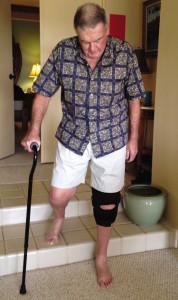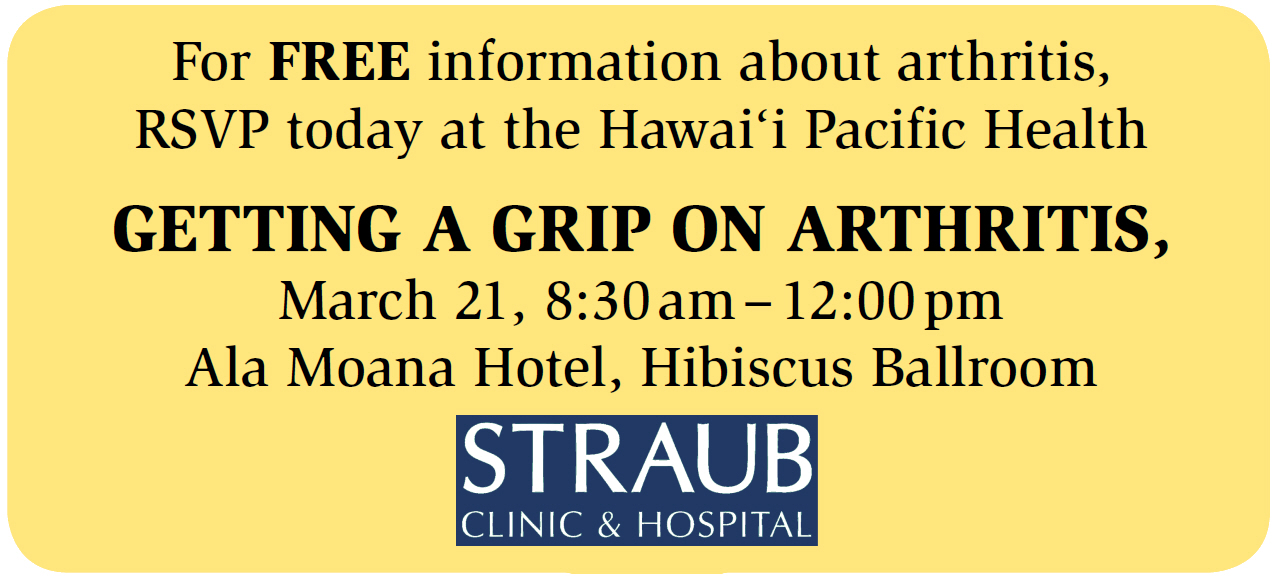 Osteoarthritis (OA) is one of the most common forms of arthritis. About 27 million people in America have osteoarthritis. It is a chronic condition in which the material that cushions the joints, called cartilage, breaks down. This causes the bones to rub against each other, causing stiffness, pain and loss of joint movement.
Osteoarthritis (OA) is one of the most common forms of arthritis. About 27 million people in America have osteoarthritis. It is a chronic condition in which the material that cushions the joints, called cartilage, breaks down. This causes the bones to rub against each other, causing stiffness, pain and loss of joint movement.
Common risk factors include increasing age, obesity, previous joint injury, overuse of the joint, weak thigh muscles, and genetics.
Osteoarthritis symptoms usually develop gradually. At first, there may be soreness or stiffness that seems more like a nuisance than a medical concern.
Common symptoms include:
- Sore or stiff joints — particularly the hips, knees, and lower back — after inactivity or overuse.
- Stiffness after resting that goes away after movement.
- Pain that is worse after activity or toward the end of the day.
Osteoarthritis, or OA, may also affect the neck, small finger joints, the base of the thumb, ankle, and big toe. The pain may be moderate and come and go, without affecting the ability to perform daily tasks. Some people’s OA will never progress past this early stage. Others will have their OA get worse. The pain and stiffness of more severe osteoarthritis may make it difficult to walk, climb stairs, sleep, or perform other daily tasks.
If you have symptoms of osteoarthritis, the doctor will ask questions about your medical history and perform a physical exam and, possibly, take X-
There is no cure for osteoarthritis, but there are medications to help relieve pain, when needed. The doctor may recommend physical therapy (PT) or occupational therapy (OT) to help improve strength and function. When pain is severe and frequent or mobility and daily activities become difficult, surgery may be considered.
Staying physically active and maintaining a healthy weight are the keys to living well with osteoarthritis. Too little movement can lead to stiffness and weak joints. Losing one pound can take four pounds of pressure off your knee joints. Overall fitness improves health in many ways. Strong muscles protect joints. An OA management plan also involves eating a nutritious diet, managing stress and depression, and getting a good balance of rest and activity each day.\

Hawai‘i Pacific Health—Straub Clinic & Hospital
808-22-3469
www.hawaiipacifichealth.org/GetAGrip


Leave a Reply